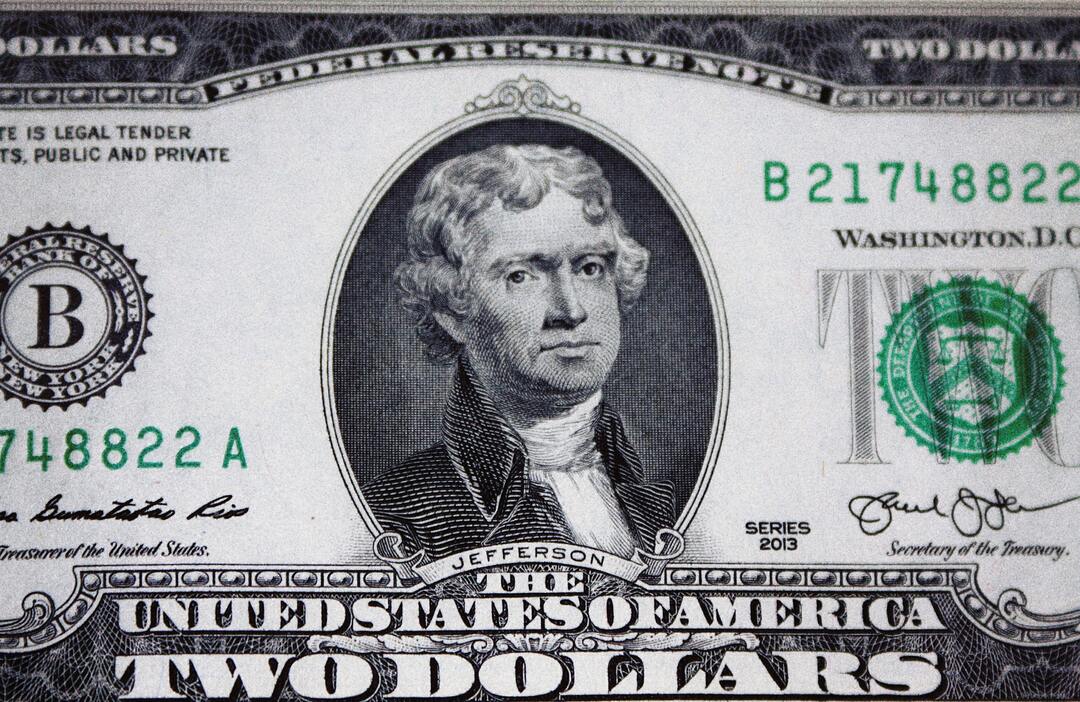The US Dollar’s Year In 2020
It’s been an incredibly volatile year for the US dollar, which has been at the centre of extreme moves in global financial markets as a result of the Covid-19 pandemic, and response to the pandemic, by global authorities.
In the first quarter of the year, when the spread of the Covid-19 pandemic triggered the first great global lockdown, the Dollar Index (DXY) surged and hit its highest levels since 2016 at close to 103.00, amid a rush out of all other asset classes and into the safety of the world’s most important trading and reserve currency.
However, the swift response of global fiscal authorities to quickly enact huge programmes of fiscal relief prevented the seems of global society coming apart, while swift monetary policy easing and liquidity programmes by the world’s major global central banks calmed financial markets nerves.
No central bank was swifter and more aggressive in its policy easing response than the US Federal Reserve, whose balance sheet blew up to over $7T from $4T in a matter of weeks as the bank pumped USD liquidity into a system desperate for dollars. By early July, the DXY was trading roughly flat on the year again around 97.00.
However, the dollar reversal was not finished yet; concerns of the possibility that the Eurozone project might fail that had plagued the euro were delt a decisive blow as the EU agreed on a next-generation joint fiscal aid programme that would see the bloc issuing joint debt for the first time in its more than 20-year history, a big step towards the fiscal union that so many see as necessary to the long-term survival of the EU.
Strength in EUR and other major currencies such as the Yuan, as China’s now completely Covid-19 free economy came roaring back, sent DXY from around 97.00 to lows around 92.00 by the end of the third quarter of the year.
USD was delt a further blow midway through the final quarter as Joe Biden defeated Donald Trump in the US Presidential election, boosting hope that the US will shift away from trade protectionism (which has been USD positive). Moreover, barely a week later, vaccine makers began announcing their success and markets began to see “light at the end of the tunnel” regarding the pandemic. At the end of Q4, the DXY is now trading only just above the 90.00 handle, down more than 6% on the year and over 12% from its March highs.
How might the US Dollar do in 2021?
Looking ahead to 2020, the vast majority of analysts and institutions are positioned for a substantial further weakening of the US dollar. In the immediate future, the expected announcement of a trade deal between the EU and the UK might keep sterling strong (and USD weak) into the year-end, though some have flagged a risk of a USD short squeeze.
Looking ahead to how the US dollar might perform over the course of Q1 2021, though the broad picture remains rather bearish, one key USD upside risks is worth keeping in mind;
The state of the Covid-19 pandemic major developed markets continues to worsen; daily reported infections and deaths continue to rise to (or close to) record highs since the start of the pandemic in the US, the UK, Germany and elsewhere, while hospitalisations remain at record highs. Two mutant Covid-19 strains are now on the loose in the UK and South Africa (and cases of both are already being reported now in other countries) which are said to be much more transmissible than the original strain.
As a result, lockdown restrictions in these economies are becoming tighter, meaning further economic weakness. Much of European already likely saw negative growth in Q4 2020 and with a “dark” Covid-19 winter ahead, there is a strong possibility that the bulk of developed nations (aside from the likes of Australia and New Zealand that have their Covid-19 outbreaks under control) will be in recession in Q1 2020.
As this economic weakness continues to materialise, it will test the nerve of a market that has so far remained much more focused on the “light at the end of the tunnel” provided by Covid-19 vaccines, which are still expected to work against the mutant Covid-19 strains. Any anxiety about near-term economic weakness would likely support USD.
Another factor to note in early 2020 is the Georgia Senate race; two key Senate elections take place in Georgia on the 5th of January. If the Democrats win both, they will gain 50 seats in the Senate, meaning alongside the vote of VP-elect Kamala Harris, the Democrats will hold a majority in the Senate. If they fail, then the Republicans will hold onto their majority.
Markets expect the Republicans to win and for Republican held Senate to prevent US President Biden from enacting significant further fiscal stimulus for at least the first two terms of his Presidency. However, if the Democrats do pull out an upset and win both seats, markets will have to price in significant further fiscal easing, likely to the tune of trillions in additional spending over Biden’s first two years in office.
The likely implications of that are higher bond yields and stronger near-term US economic growth, which one might argue is USD positive. Note that the Fed will be keen to keep US government borrowing costs under control, however, and are likely to significantly up the rate of their asset purchase programme in order to soak up all that new government debt issuance.
In other words, lots of freshly printed USDs being lent directly to fund government spending; a recipe for rising inflation expectations that are likely to keep US real interest rates low and the dollar on the back foot.
As 2021 progresses and markets have more time to observe the kind of foreign policy the Biden Administration will pursue, as well as the progress of the vaccine rollout, USD is likely to be pressured; if global trading conditions do significantly improve and the pandemic is brought to heal (in major developed economies, at least), this bodes well for emerging market economies and cyclical currencies such as AUD and NZD, all at the expense of USD.
All the while, as the recovery gets underway, the US Federal Reserve has signalled via its new policy of average inflation targeting (AIT) that it will be keeping monetary policy conditions ultra-accommodative until at least 2023 and will tolerate a mild overshoot of its inflation target.
In other words, if inflation does come roaring back, as some fear it might amid unprecedented money supply expansion, the Fed will be behind the curve in acting; another recipe for a weaker dollar.
DXY Analysis






